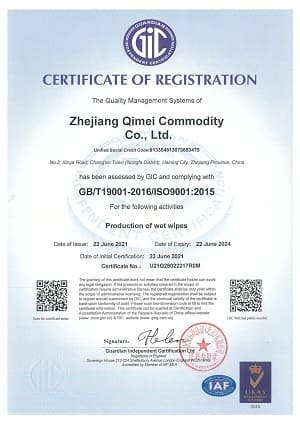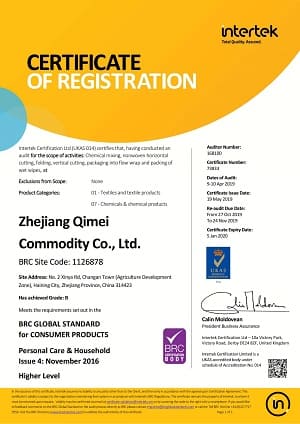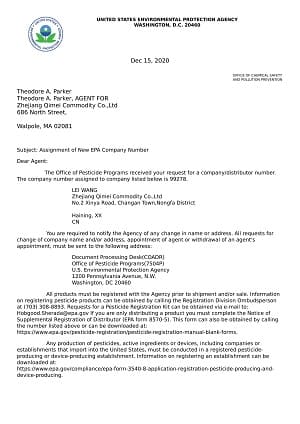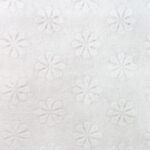Spunlace onwoven Fabric Type: Polyester,Poly -Viscose Blend material, Bamboo Fiber, Wood Pulp(Flushable), Cotton or Soy Fiber(Biodegradable)
Flat or Textured( Your Own LOGO is available)
Grammage: 30-80gsm
1/10/30/80/100/120/160 pcs/pack
Small wipes: These are typically around 2-3 inches (5-7.5 cm) in size and are often used for cleaning small areas, such as wounds or injection sites.
Medium wipes: These are typically around 6-8 inches (15-20 cm) in size and are often used for general cleaning or disinfecting of surfaces.
Large wipes: These can be up to 12 inches (30 cm) or more in size and are often used for cleaning larger areas, such as operating rooms or patient rooms
1. Plastic resealable bag: This is the most common type of wet wipe packaging. It is made of plastic and has a resealable strip on top to keep the wipes fresh and moist.
2. Flip-top lid container: This type of packaging consists of a plastic container with a flip-top lid that can be opened and closed to access the wipes.
3. Soft pack with plastic flip-top lid: Similar to the flip-top lid container, this packaging comes in a soft pack and has a plastic flip-top lid for easy access.
4. Pop-up dispenser: This type of packaging features a pop-up dispensing mechanism that pulls out one wipe at a time.
5. Travel pack: A small packaging designed for on-the-go use, it often comes with a plastic snap closure.
6. Single-use packaging: These wet wipes come in small, sealed packets which are convenient for travel or outdoor activities.
7. Refill bag: This larger size packaging is designed to refill other wet wipe containers, and usually has a resealable opening.
The formulation of medical wipes can vary depending on the intended use of the product. Medical wipes are typically made from non-woven materials such as cotton or polyester, which are soaked in a liquid solution containing ingredients such as disinfectants, antiseptics, or other active ingredients.
The specific formulation of the liquid solution will depend on the intended use of the medical wipes. Some common ingredients found in medical wipe solutions include:
Disinfectants: These are chemicals that kill or inactivate a wide range of microorganisms, including bacteria, viruses, and fungi. Common disinfectants used in medical wipes include quaternary ammonium compounds, hydrogen peroxide, and sodium hypochlorite.
Antiseptics: These are chemicals that are used to disinfect the skin or to prepare an area for medical procedures. Common antiseptics used in medical wipes include chlorhexidine, povidone-iodine, and alcohol.
Moisturizers: Medical wipes may contain moisturizing ingredients such as aloe vera or glycerin to help prevent dryness or irritation of the skin.
Fragrances: Some medical wipes may contain fragrances to mask unpleasant odors or to provide a more pleasant user experience.
ISO 9001:2015 - Quality Management System certification
In the United States, for example, intimate wipes are regulated by the Food and Drug Administration (FDA) and must comply with their regulations for over-the-counter drugs or cosmetic products. In the European Union, intimate wipes are regulated by the European Medicines Agency (EMA) and must comply with their regulations for medicinal or cosmetic products.












